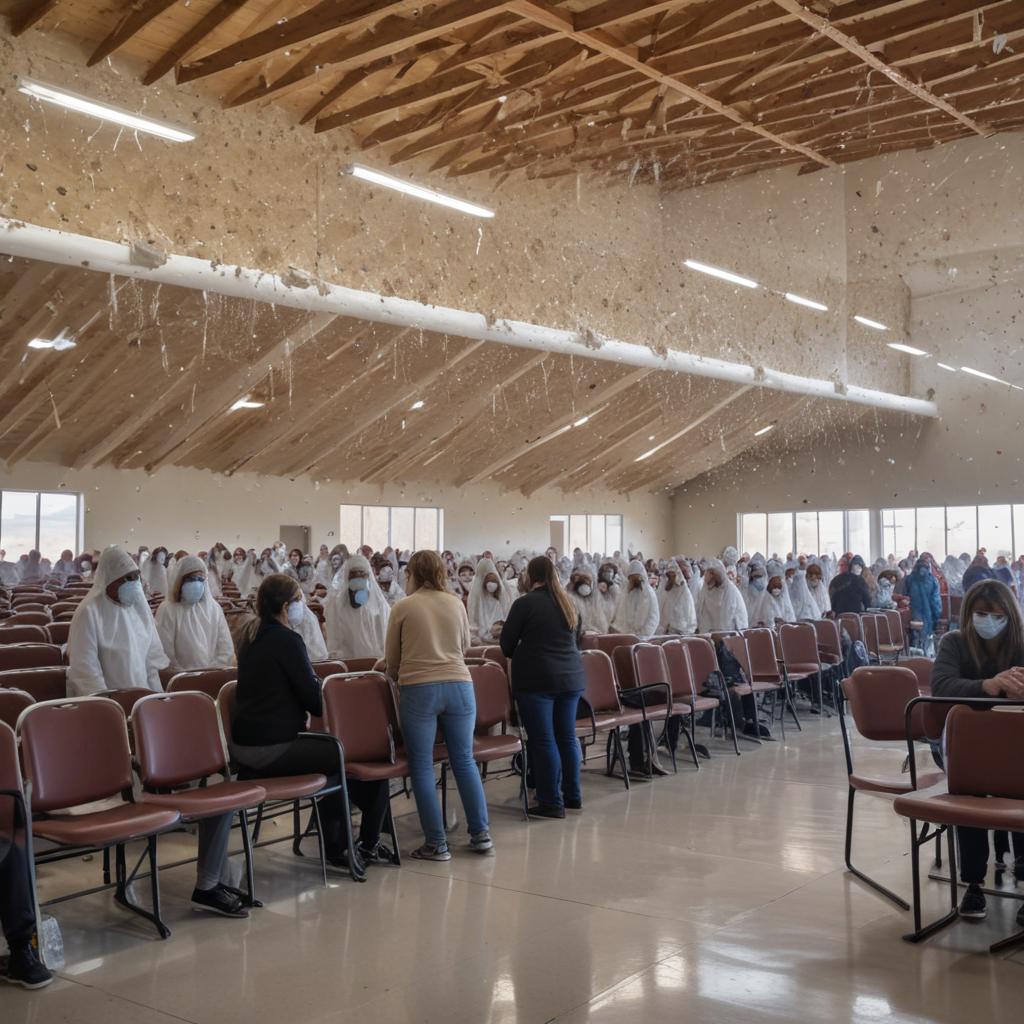
2025-10-26 12:00:48.664 • by
Alex Ingram
Contrary to popular belief, yawning isn't about oxygen. New research reveals its true purpose: cooling the brain and regulating states of arousal, a behavior shared by all vertebrates with surprising social implications.

2025-10-09 06:00:53.741 • by
Abigail Isaacson
Three scientists have won the Nobel Prize in chemistry for developing metal-organic frameworks (MOFs), molecular structures capable of trapping vast quantities of gas. This innovation holds immense potential for addressing global challenges like climate change, water scarcity, and even targeted drug delivery.

2025-10-09 00:00:51.509 • by
Adam Israel
Three scientists, Susumu Kitagawa, Richard Robson, and Omar M. Yaghi, have won the Nobel Prize in chemistry for developing metal-organic frameworks (MOFs), innovative molecular structures capable of trapping vast quantities of gas and liquid, with transformative potential for environmental and medical challenges.

2025-09-08 00:00:18.061 • by
Abigail Isaacson
An artist and mycologist completed the world's longest open-water journey in a kayak made entirely of mushrooms, highlighting the potential of sustainable materials.

2025-06-21 12:00:23.673 • by
Amy Ivanov
New research reveals that trees use the summer solstice as a critical time to make decisions about growth and reproduction, potentially impacting forest adaptation to climate change.










